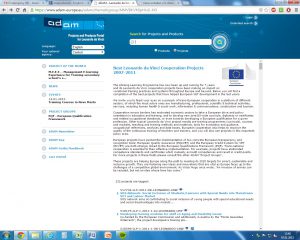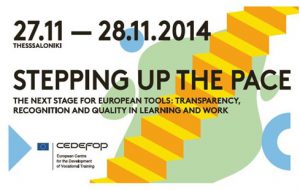Second ICT-DRV project newsletter published
Recently, the second ICT-Drv project newsletter has been published. It contains the following topics:

Recently, the second ICT-Drv project newsletter has been published. It contains the following topics:

Since 2012 3s is involved in two European projects dealing with technology-based initial and continuous vocational training for professional drivers:

A special edition of the ADAM newsletter presents 35 Leonardo da Vinci good practice examples from all over Europe and from recent years. Each national agency has selected one project coordinated by their country from the projects best ranked and most viewed in ADAM. The ECVAET project is one of them.

The EQUAL-CLASS project ("Engineers qualified in higher non-university VET insitutions – providing arguments and evidence for NQF/EQF classification") has recently been finalised and the project results have been published.

The European commission honoured the best Leonardo-da-Vinici cooperation projects of 2007 – 2011 that helped European VET development. One of these projects is „ProfDRV“ where (with the participation of 3s) 16 project partners analysed the implementation and effects of Directive 2003/59/EC for professional drivers.

The report focuses on using units of learning outcomes and competence assessment procedures in the apprenticeship ‘mechatronics’.

The Cedefop conference (27-28 November, Thessaloniki) addressed how the common tools together can help to achieve the main objectives of European cooperation in vocational education and training: easier mobility and career progression for learners, better education and training for all of Europe.

Vienna: GfK Austria organised a press conference and panel discussion on November 27 with the participation of 3s.

The 2014 inventory update, compiled by Cedefop in cooperation with the European Commission, closely reflects the European guidelines on validation.

On behalf of the European Commission (Directorate General for Education and Culture) 3s will continue its work on the development of the one and only existing multilingual taxonomy that combines skills/competences with professions and qualifications at European level.